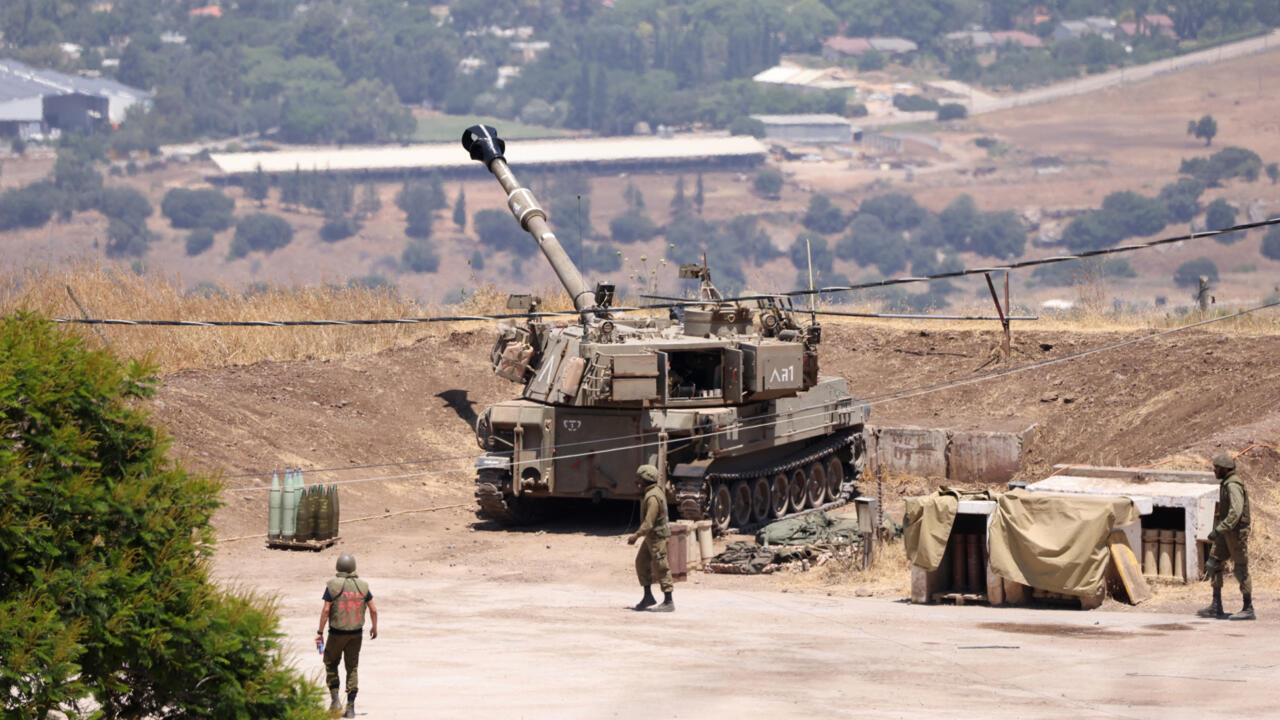Israel said that it will leave soldiers across five locations in Southern Lebanon, refusing to withdraw them by the deadline, set for yesterday February 18. It is not the first time that Israeli forces stay beyond the agreed upon deadline as per the conditional ceasefire agreement, as the original withdrawal deadline was set in late January, only to be postponed until February 18.
In addition to the five locations, there are many villages around the locations that the Lebanese Army is yet to be deployed in according to L’Orient Today.
The Value of the Five Locations
The five locations that Israel demanded to stay in from East to West are the Hamames Hills, the Markaba-Houla Road, Jal al-Deir, Jabal Blat and Labbouneh.
According to the Israeli army, these locations provide a double advantage. On one hand, they provide a strategic advantage, likely due to their elevated terrains.
On the other, their location is close to northern Israeli settlements, a portion of whom were likely displaced with the beginning of escalations.
Israeli military spokesperson Nadav Shoshani said that this “temporary” placement of troops in these five points was approved by the committee monitoring the ceasefire agreement.
According to various reports, this continued presence is linked to pressures on Lebanon to completely dismantle Hezbollah’s arms and provide potentially other security and political arrangements.
France had attempted to propose an alternative solution, consisting of deploying French UNIFIL forces in these five locations, which Israel did not agree on.
Continued Violations
The extended presence of Israeli forces on Lebanese soil represents a continued violation of Lebanese sovereignty.
In a joint statement, United Nations Special Coordinator for Lebanon, Jeanine Hennis-Plasschaert, and UNIFIL Head of Mission and Force Commander, Lt. Gen. Aroldo Lázaro, stated that the delay in the Israeli withdrawal is a violation of United Nations Security Resolution 1701 (2006), while citing tangible progress made since the agreement.
“Another delay in this process is not what we hoped would happen, not least because it continues a violation of United Nations Security Council resolution 1701 (2006),” said the statement.
“This should not, however, overshadow the tangible progress that has been made since the Understanding came into force in late November. The Israel Defense Forces have withdrawn from population centres in southern Lebanon and the Lebanese Armed Forces have deployed in challenging conditions, supporting the return of communities and working to restore critical services.”
The statement also added that newly elected Lebanese president, Joseph Aoun, and the new government are “determined to extend state authority completely in all areas in the south and consolidate stability to prevent conflict from returning to Lebanon. They deserve unwavering support in this endeavour.”
In addition, even after the onset of the conditional ceasefire agreement, Israeli attacks have continued across Lebanon. Yesterday, an Israeli strike targeted a vehicle in Saida, in addition to numerous strikes in the Bekaa. So even if a withdrawal of Israeli forces from Lebanon is achieved, achieving true sovereignty requires an end to Israeli operations over Lebanese land, air and water.
On its part, France called for the immediate withdrawal of Israeli forces from southern Lebanon, and the American foreign ministry said that the US will continue to provide aid to the Lebanese army and guarantee the safety of Lebanon.


